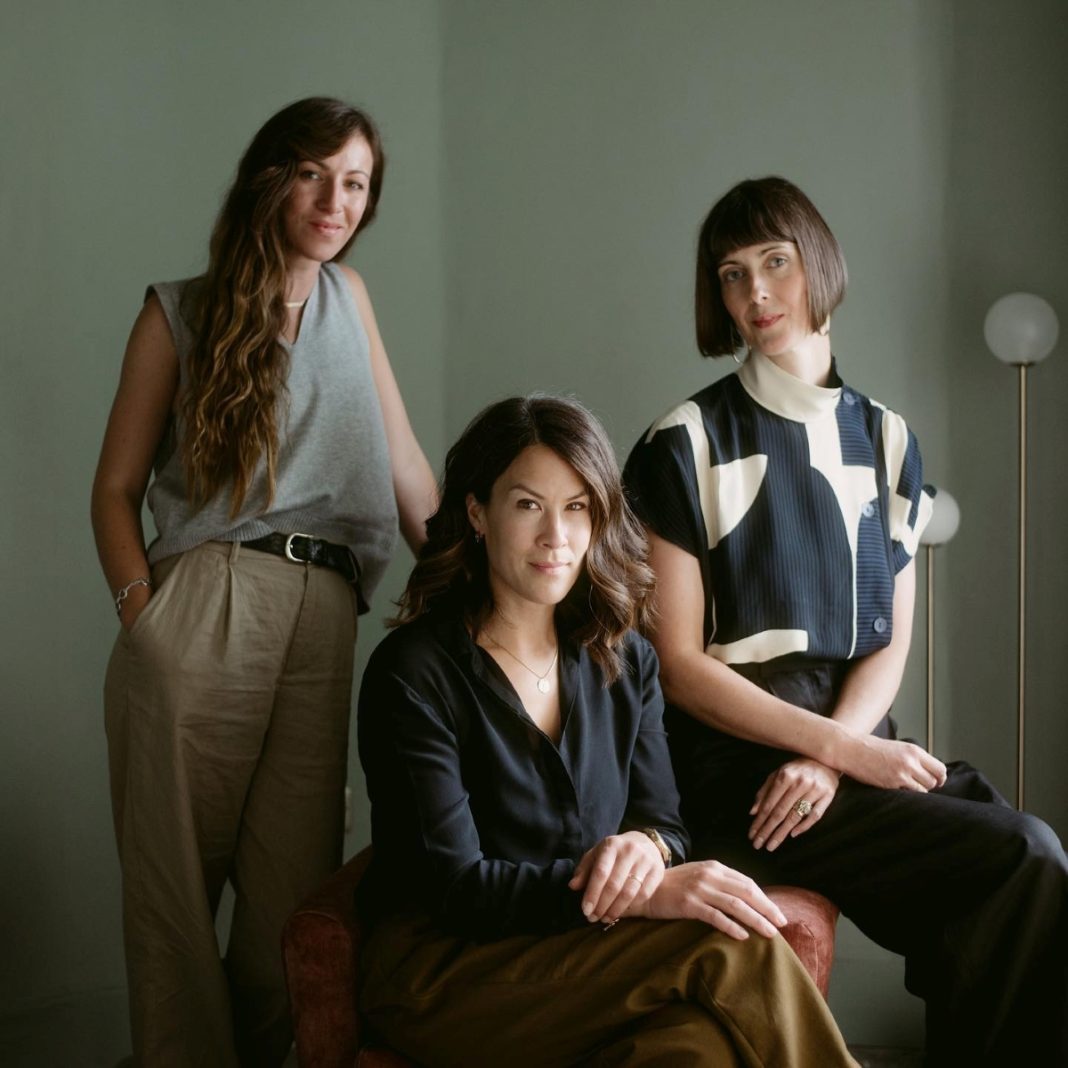Founder of Fantoush Emily Smoor explains how you can engage with new year trends in a more sustainable way, creating timeless designs that don’t harm the planet
If you have taken a trip to your local tip recently, you will probably have noticed that a significant amount of the landfill skips are filled with low quality furniture that is too labour intensive to strip down and recycle. It is heart-breaking to see when we know it will just end up buried in our countryside or incinerated. Interior design trends are quickly filtered down from high-end to the more affordable high street, which is causing environmental damage as consumers are encouraged to change their interiors at a much faster rate than in the past. It simply isn’t sustainable.
And so, lovers of home decoration and design might ask themselves: how can I engage with the interior design trends that I like without buying quickly-manufactured pieces that are often low quality?
Well, I come back to William Morris’s grounding mantra time and time again: “Have nothing in your house that you do not know to be useful or believe to be beautiful.” I can’t pretend I don’t love seeing emerging styles every year, but from an interior designer’s perspective, we have to remember that the very definition of a trend is that it is transient.
Additionally, the ever-evolving nature of design is important; it keeps us designers energised and forces creativity and risk-taking. However, unless you fall head over heels in love (not lust!) with an interior design trend, remember the rule – ‘invest in timeless and accessorise with trends’.
As for overcoming home decorating and DIY interior design trends, I’d say that preparation is key! Designing and buying for your home is no different.
How to decentre trends in your design approach
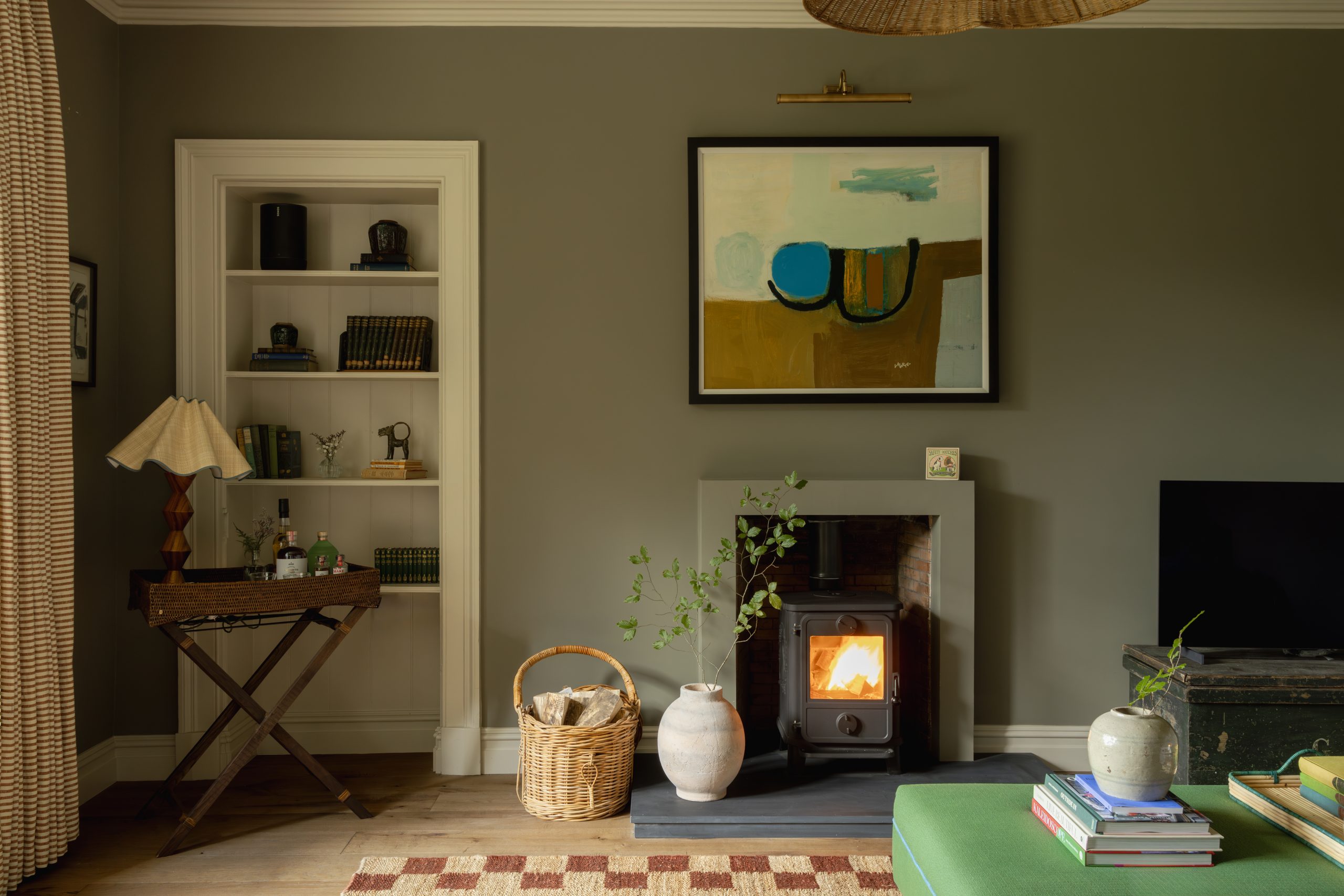
At Fantoush, we always ask clients to collate interior photos, fabrics and personal objects that they are drawn to, to create a picture of who they are. It is all about getting to know yourself and your interior style away from the lure of trends. If you have taken time to really understand what you want from your home and what it needs, when an alluring trend comes along you will be ready to answer the question – am I buying this because it is available or because I love it?
A key mindset shifter, if you will, is to see everything through the lens of timelessness. If you strive to achieve timeless design, then you’re more likely to be drawn to characterful pieces from the past, well-made investment pieces of the present and generational pieces that you know will last long into the future.
What does timeless design look like?
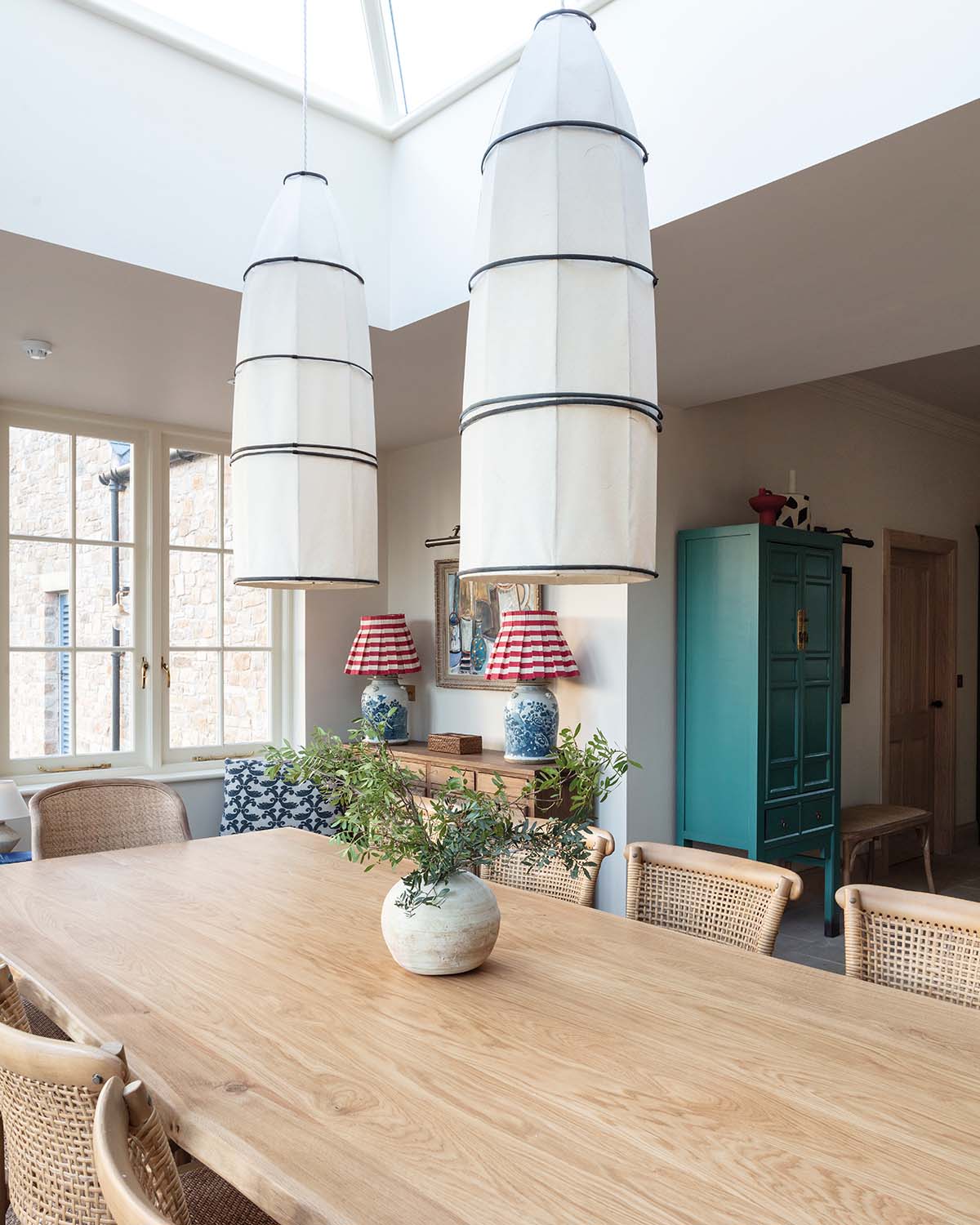
To me, timelessness is an item that can be placed with items from different countries, décor styles and decades and still look classic. Local makers and designers are artists who are striving to create their own narratives away from interior design trends and it is often these pieces that become design classics; they tell their own story. So buying locally and from independent designers is a great way to create an interior that will stand the test of time.
How to source quality antique, vintage and second-hand pieces
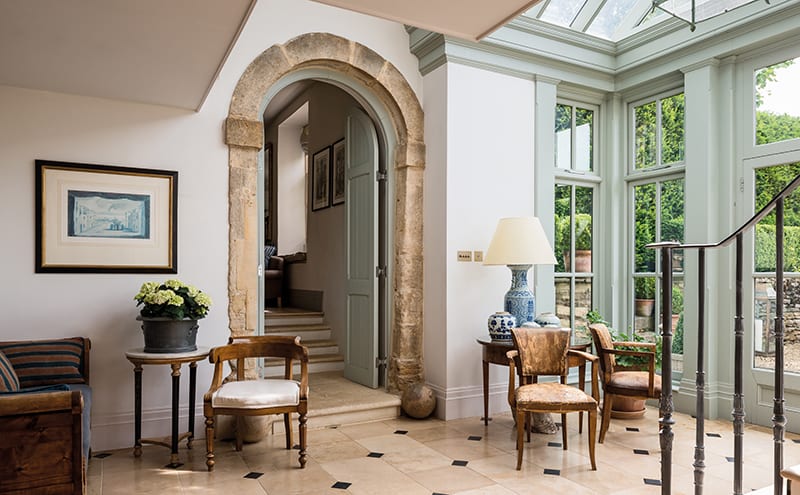
The antiques and vintage market is hugely important. In fact, the very reason the market exists is because historically, furniture was made to a much higher standard and has survived over the centuries because of this quality. The second-hand market is also one of the biggest recycling networks in the world – which should be celebrated and encouraged.
Furniture and décor that has had a previous life brings a layer of character to a room. Even in a very contemporary, minimalist interior, we will always have an item with a few stories to tell in the scheme.
Sourcing second-hand pieces is absolutely intrinsic to Fantoush’s signature style and our ethos.
Three 2025 interior design trends that will stand the test of time
1. Colour drenching
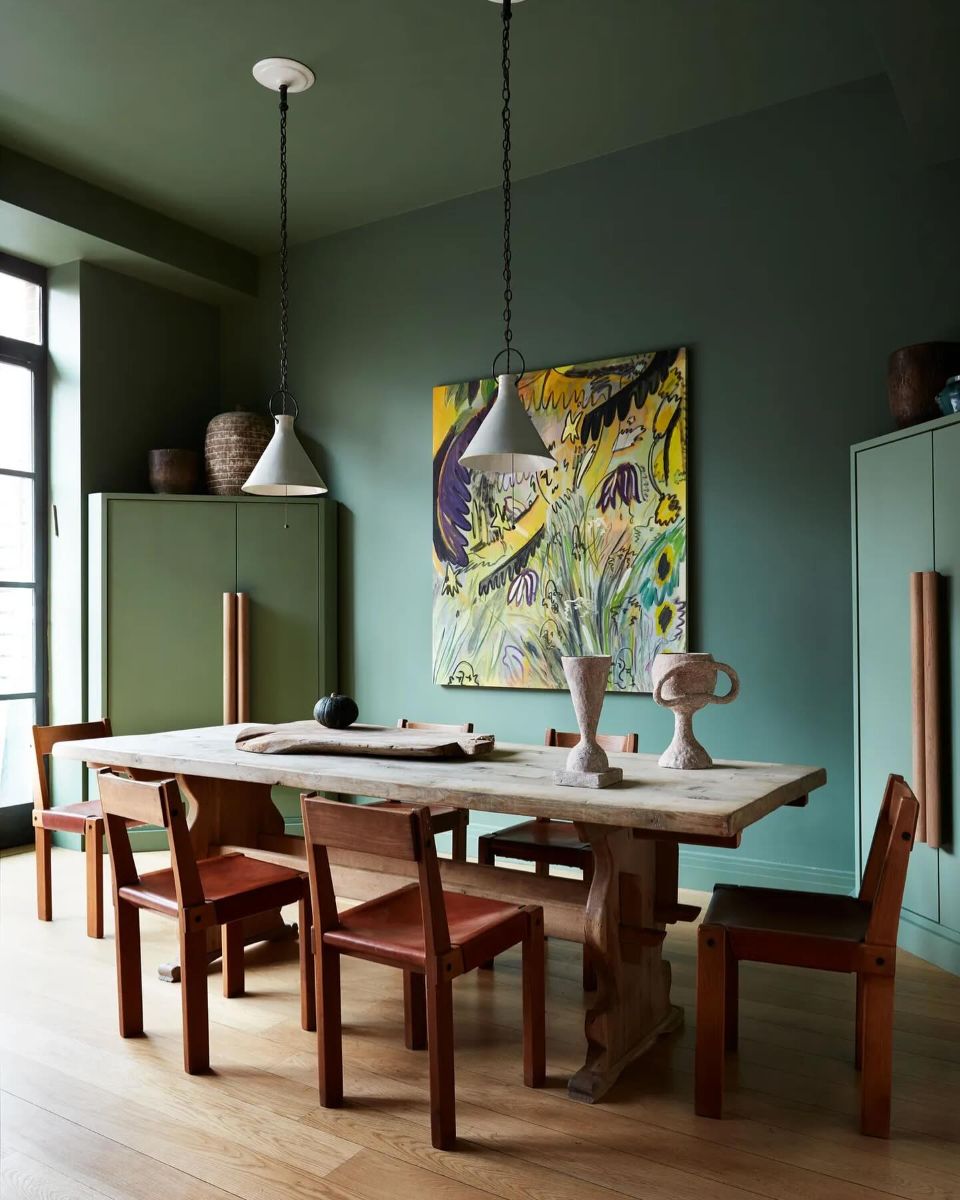
I am a huge advocate of all-over colour on walls and woodwork. I think it creates a very tranquil feel to a space but feels fresh and exciting. It works with any design style and works especially well in small spaces as it makes the room feel larger as you blur boundaries by using the same colour on every surface.
2. Rattan furniture
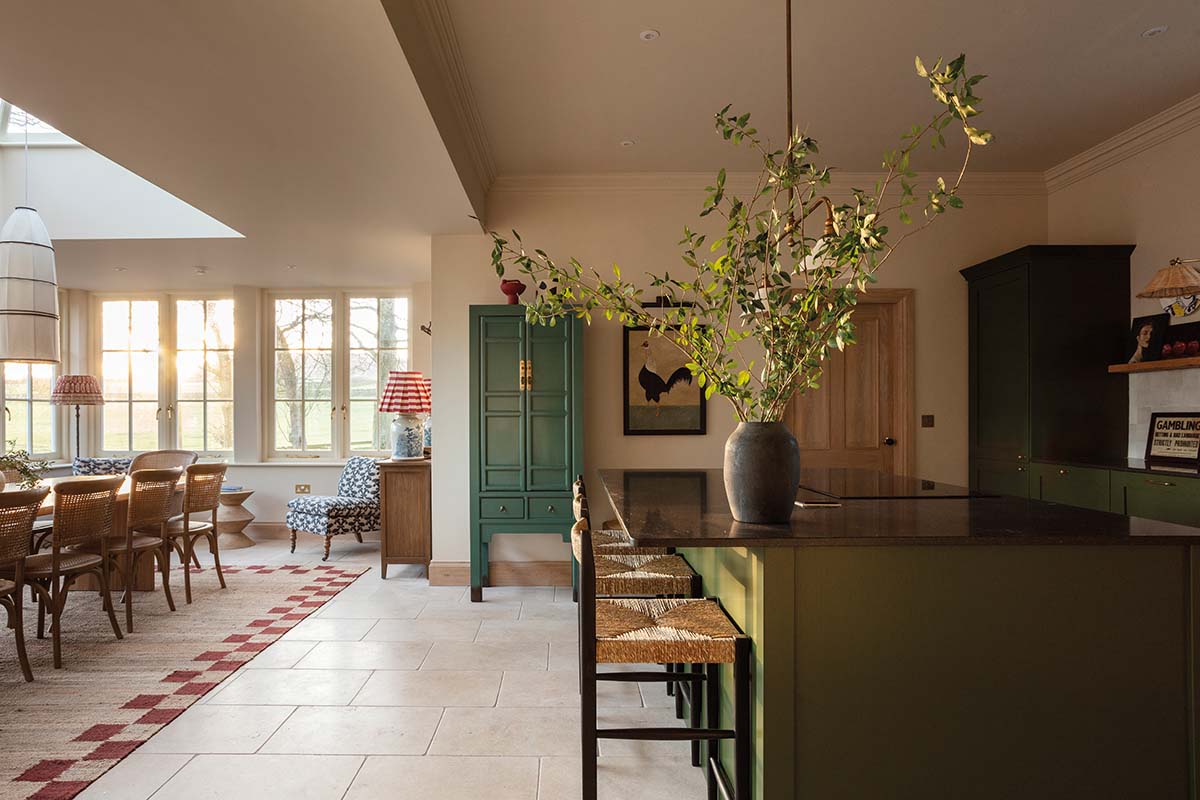
Rattan has been around for a very long time and to me, is a design classic. There are some great young brands producing contemporary rattan pieces such as Hastshilp and Sharland.
Not only does the neutral tone of the rattan go with everything but the vine that rattan is made from is a quick-growing crop and is not only strong and affordable, but also a sustainable material. Rattan is a win-win. I personally love the Gio Franco Legler chairs and the Paul Frankl Pretzel chairs.
3. Mixing metals and woods
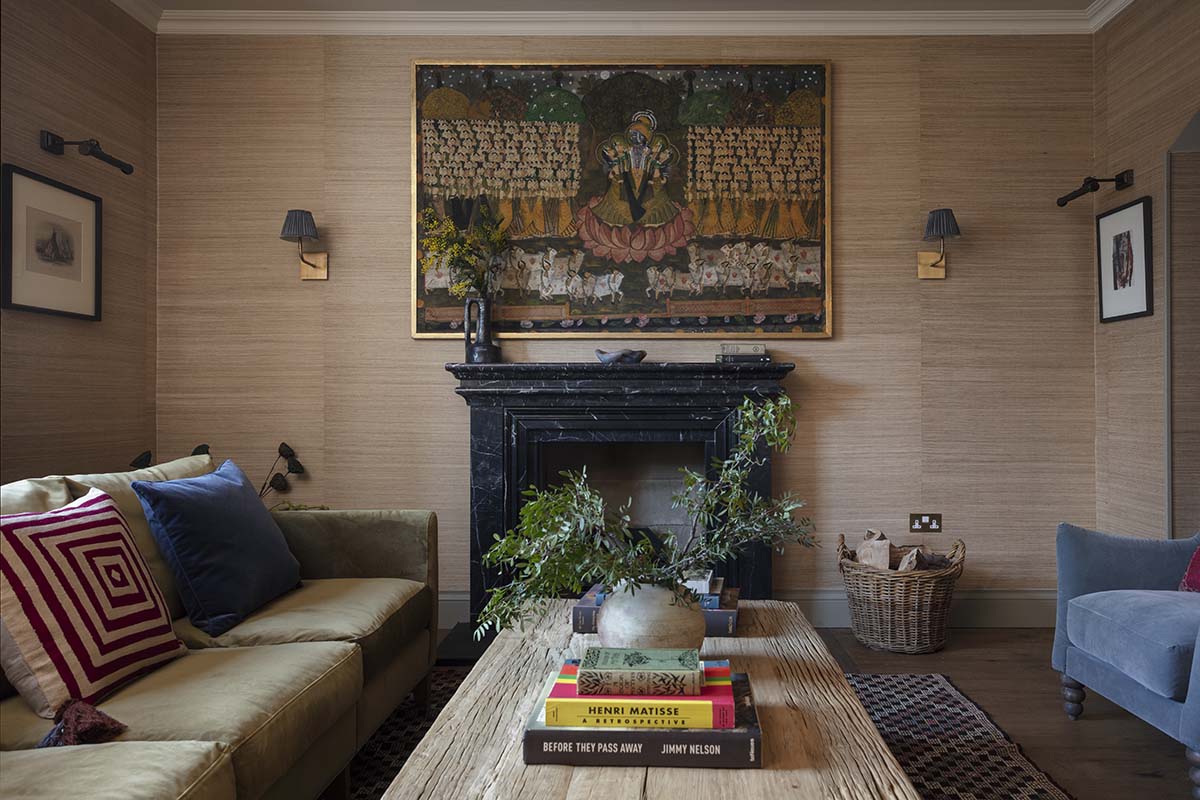
I have never been a ‘matchy matchy’ person when it comes to woods and metals. Fashion, for example, can be a parallel to design and I feel that when you walk down the street now, you see a huge range of styles because there is a changing attitude towards body types and identity. As a result, I feel we have more confidence to bang our own drums when it comes to personal style.
This feeling of being able to mix and match finishes is an extension of this, which you will start to see more of in interior design this year. So go for it! Install those brass wall lights in a bathroom full of chrome, and don’t be afraid to mix tones and species of wood. You will create a much more layered and interesting interior as a result.
Visit the Fantoush website | Follow Fantoush on Instagram | Follow Fantoush on Facebook
An old rectory house and inn takes on new life as plush holiday home


